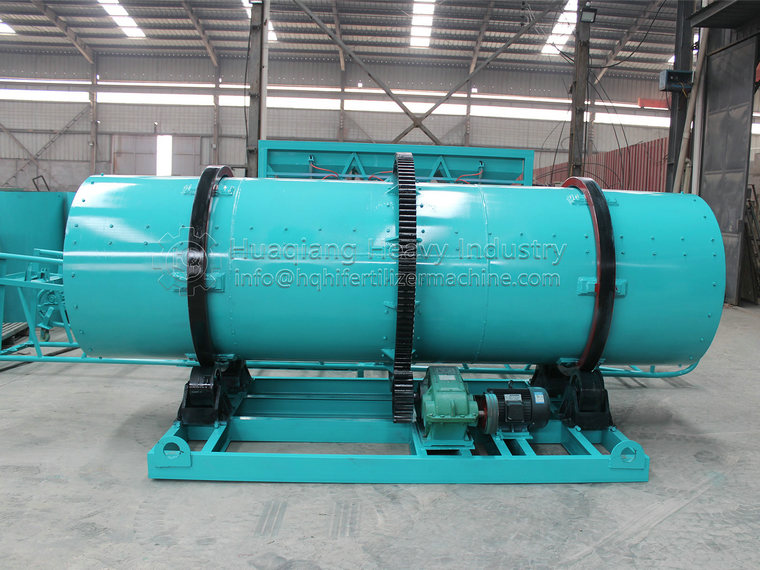In the field of organic fertilizer production, self-propelled turntables are gradually becoming indispensable assistants, playing a key role in improving production efficiency and fertilizer quality.
The biggest advantage of a self-propelled stacker is its high maneuverability. It does not require additional traction equipment and can move around the fermentation site on its own, flexibly shuttling between various material piles. This feature greatly improves the flexibility of the flipping operation. Whether it is a large-scale production site or a small farm with complex terrain, the self-propelled flipping machine can easily cope and quickly reach the designated location for flipping work.
The flipping effect of this device is very significant. Its unique flipping structure and powerful power system can penetrate deep into the material pile, flipping the bottom layer of material to the top layer, fully exposing the material to the air. In this way, the material comes into full contact with oxygen, creating favorable conditions for the growth and reproduction of microorganisms, and accelerating the fermentation process. Through the continuous turning of the self-propelled turning machine, the organic fertilizer fermentation is more uniform, the nutrient conversion is more complete, and thus the quality of the fertilizer is improved.
From the perspective of production efficiency, the self-propelled stacker crane performs excellently. It can complete large-scale flipping operations in a short period of time, which is several times or even tens of times more efficient than traditional manual flipping or small mechanical equipment. A self-propelled stacker can process a large amount of organic materials per hour, greatly reducing the production cycle of organic fertilizers and meeting the market’s demand for rapid supply of organic fertilizers.
In addition, the operation of the self-propelled stacker is relatively simple. Generally equipped with a user-friendly operation console, operators can master it proficiently after simple training. Moreover, some advanced self-propelled turning machines also have automation control functions, which can automatically adjust the turning speed, depth, etc. according to preset parameters, further reducing labor intensity and improving production accuracy.
With the continuous development of the organic fertilizer industry, self-propelled stacker are also constantly being upgraded. In the future, it will develop towards intelligence, energy conservation and environmental protection, bringing more convenience and benefits to the organic fertilizer production industry, and promoting the sustainable development of green agriculture.




.jpg)


.jpg)
